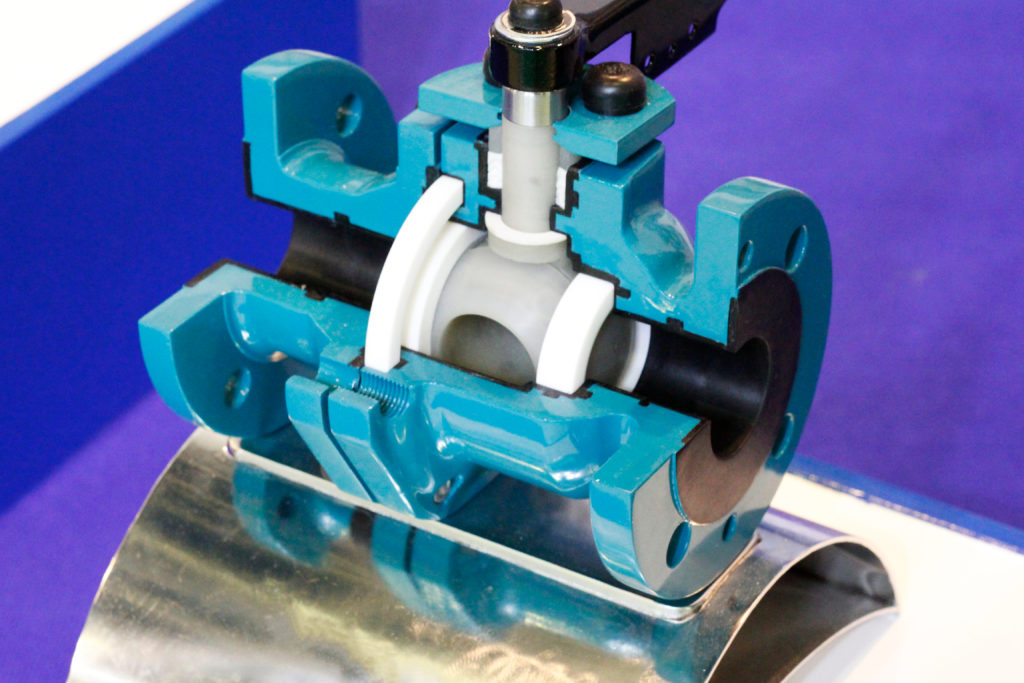Valve seat failure can lead to costly and time-consuming issues. Under certain circumstances, a ball valve seat failure can cause explosions and lead to life-threatening situations. In this article, we will cover the top five causes of failure.
Material Choice
The material choice of the valve seat can contribute to valve seat problems if you pick the wrong option. Different materials work in different operating conditions, so you want to ensure that you research the material carefully before choosing.
The most common material options are
- PEEK
- PTFE
- TFM
- PCTFE
- Acetal
- Vespel
The wrong material can cause unexpected issues that may damage the hardware of mating components or even physical injury.
Cold Flow
While PTFE, or Teflon, is a common material in valve seats, there could be some cold flow resistance issues. Cold flow is the process when solid material slowly deforms under the influence of long-term mechanical stress.
The cold flow of material during us and cycling causes a slow deterioration in valve performance. Despite cold flow issues, PTFE is still the best choice in many industries. Choose a filled PTFE instead of virgin PTFE to mitigate complications from cold flow. Filled is less susceptible to stress and has better resistance to cold flow.
Excessive Friction
Excessive friction can also cause valve seat issues. Excessive circumferential seal force accelerates wear on the valve, which leads to an increase in torque requirements. The friction between the ball and the valve seat affects how much torque is necessary to turn the ball valve.
When the temperature in the valve increases, the pressure between the valve seat and the ball increases. Increased temperature creates greater friction between the valve ball and the seat.
Eventually, the valve can become locked either open or closed. As the required torque increases, the valve seat is torn apart, and mechanical failure occurs.
Valve Seat Failure: Seat and Seat Carrier Design
The valve seat is one of the most critical components. However, poor seat design can lead to a shortened lifespan, leakage, or catastrophic failure. The catastrophic failure could lead to explosions or life-threatening damage in particular environments.
Soft seat valves typically use metallic seat carriers with the valve seats pressed into them. As with the seat design, the seat carrier design can have similar problems. If the seat carrier design is slightly off, it could make it difficult to determine where the problem lies.
Permanent Deformation
In high-pressure applications, the valve setting of soft seats is necessary. To correctly set soft seals, the valve is repeatedly actuated during part of the build process. This repeated actuation can cause permanent deformation during normal use.
A failure to understand the initial deformation will cause the valve to fail. It won’t fail on initial use, but it will eventually stop working, and the valve will either need to be rebuilt or replaced as a result.
Valve Seat Failure Conclusion
Whether your valve requires PTFE, PEEK, or any other material, you want to ensure you get the appropriate material for your valve seat. Incorrect materials and excessive friction, seat design malfunctions, and permanent deformations can cause failures.
Contact us today to learn more about the valve seats we offer and assist you in finding the appropriate material for your applications.

